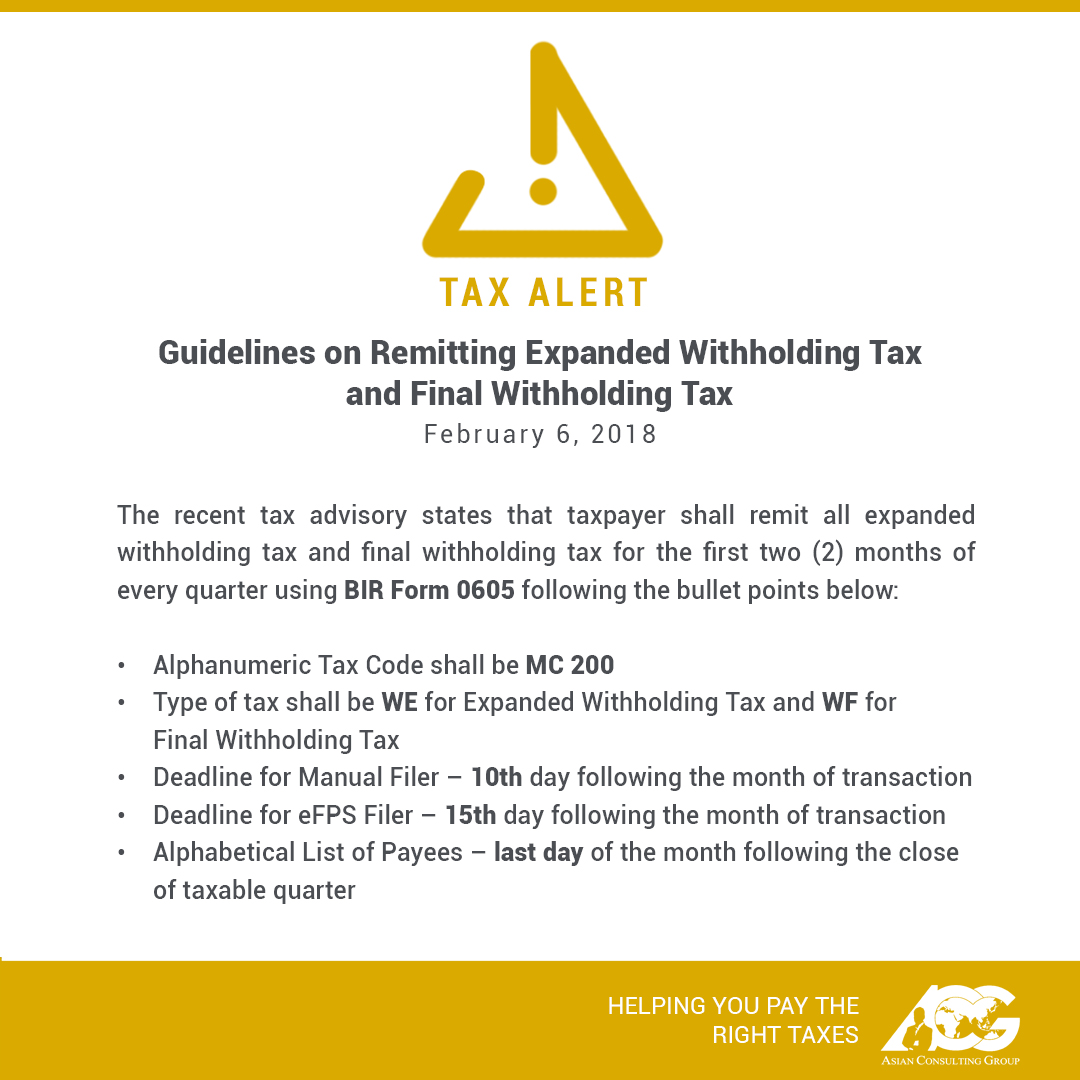

Under the new tax brackets approved by Massachusetts voters last year, for example, most families will pay a marginal income tax rate of 5 percent while wealthy families will pay that 5 percent rate on their first million dollars of taxable income and see anything over a million dollars taxed at 9 percent instead.Ī desire to transition away from this system and toward one more favorable to the wealthy has long had proponents-most prominently Steve Forbes during his third-party presidential runs in the 1990s. Under a graduated tax, different portions of one’s income can be taxed at different rates, with high-income families seeing more of their income taxed at higher rates than other families. Much of the progressivity in federal and state income tax law comes from graduated rate structures. Income taxes offer an important counterbalance as they tend to be progressive, which means that they ask more of families with a greater ability to pay. Most taxes levied by state and local governments are regressive, meaning that they charge higher rates, relative to income, for low- and middle-income taxpayers than for wealthy families. Critically, a flat tax guarantees that wealthy families’ totalstate and local tax bill will be a lower share of their income than that paid by families of more modest means. Flat taxes have some surface appeal but come with significant disadvantages. In short: A flat tax is one where each taxpayer pays the same percentage of their income whereas a graduated tax applies higher rates to higher incomes. What’s the difference? And are states well served by the transition? While most states have a graduated rate income tax, some state lawmakers have recently become enamored with the idea of moving toward flat rate taxes instead.


 0 kommentar(er)
0 kommentar(er)
